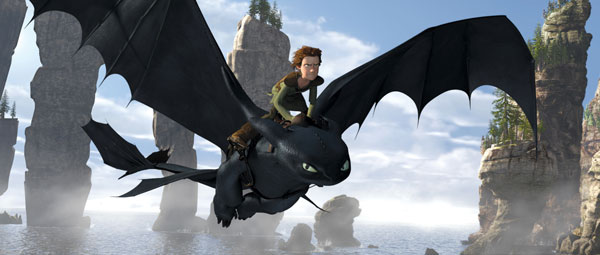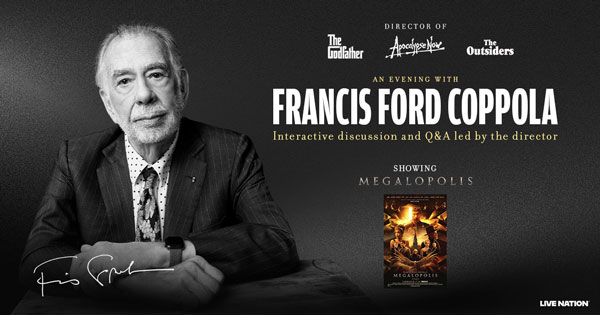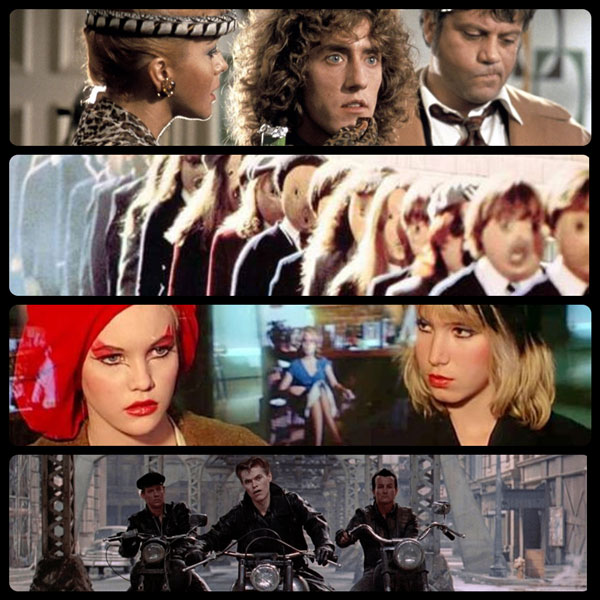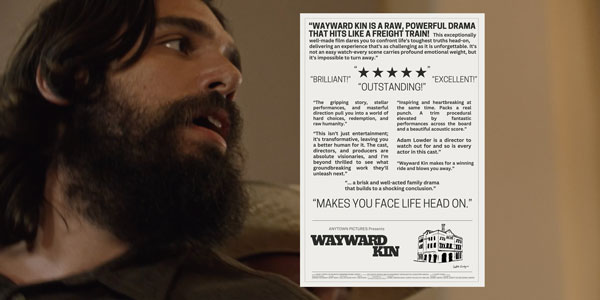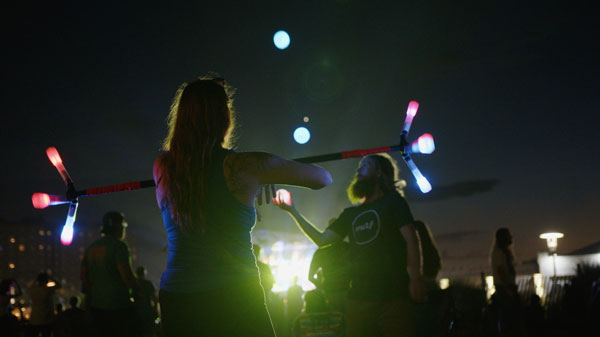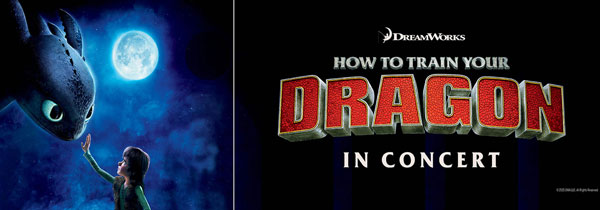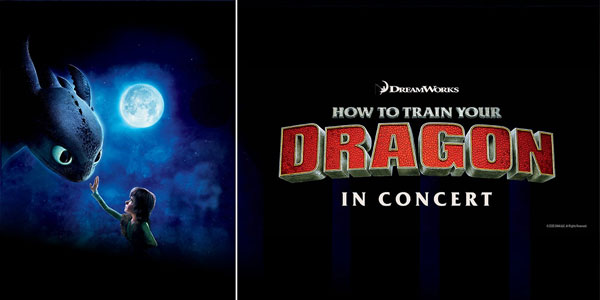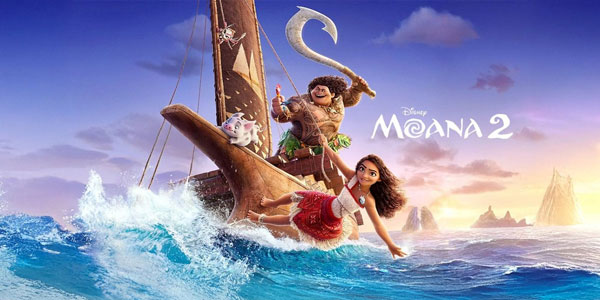2022 United States Super 8 Film + DV Festival Celebrates 34th Anniversary
By Al Nigrin
originally published: 02/15/2022

Still from Noösphere by Miles Sprietsma
Now in its 34th year, the United States Super 8mm Film & Digital Video Festival is the largest and longest running juried festival of its kind in North America. The festival encourages any genre (including animation, documentary, personal, narrative, and experimental) made on Super 8mm/8mm film, Hi 8mm/8mm, or digital video. The Festival will be held Online on February 19+20, 2022.
Super 8mm film was introduced in 1965 by Eastman Kodak at the World’s Fair in New York to help the average person document their everyday lives. Super 8mm was most widely used for filming home movies between the mid 1960s till the early 1990s. Today amateur usage of Super 8mm has been replaced by digital video but the format is still regularly used by filmmakers, artists and students. Some hope to imitate the look of old home movies. Others want to create alternative looks for flashback sequences and altered states of consciousness. Some just like the idea of creating images in the classic style of using actual film. Super 8mm is a relatively inexpensive film, making it popular among filmmakers working on a low budget who still want to achieve the look of real film. Super 8mm has become quite common in theatrical features. J.J. Abrams 2011 film Super 8 pays homage to the little film format. Guy Maddin’s surreal 2006 film Brand Upon The Brain and Jim Jarmusch’s 1997 film Year of the Horse -- a documentary on Neil Young’s band Crazy Horse -- use it too.
I fell in love with Super 8mm when I started making films in 1982. I liked the fact that you were pretty much in control of every aspect of the filmmaking process. I could even develop the film myself. It was the DIY aspect of Super 8mm that first lured me in but it was the grainy, oneiric (dreamlike) quality of the film stocks that sold me on this format. I have since made over 30 short (mostly experimental) films using Super 8mm. I started touring my work and showing it all over and then met two of the biggest Super 8mm film supporters in the USA. They are the husband and wife team of Bob Brodsky and Toni Treadway. They founded and ran the International Center for 8mm Film and Video in Massachusetts for over 30 years. Through their non-profit organization they subsidized many Super 8 filmmakers by sending them to film festivals in the USA, England, France, Venezuela, Brazil, Canada, and others. It was thanks to them that I got to visit so many wonderful festivals and countries. The largest United States-based Super 8mm Film Festival in the 1970s and 1980s was the one in Ann Arbor, Michigan. Bob and Toni sent me there to show a package of experimental films that I had curated in 1986 but by 1988 the people who ran this legendary festival decided they were going to cease operations. Bob and Toni suggested that I create one at Rutgers since I had set up the Rutgers Film Co-op/New Jersey Film Festival back in 1982. So, I did and called it the United States Super 8mm Film Festival. The first of these was a curated program where I invited Super 8 filmmakers that I admired to screen their work but the 33 that followed were juried festivals where a panel of judges picked the winners.
The Festival has changed over the last 3 decades going from screening Super 8mm films exclusively to then including Hi 8mm videos and now digital videos. Also, for over the past two decades Pro 8mm based in Burbank has been a major sponsor of this Festival. They provide a wide variety of Super 8 services and film stocks for filmmakers. I thought it would be nice to ask some of the filmmakers who are Official Selections in the 2022 United States Super 8mm Film & Digital Video Festival to talk about Super 8 and the films they are showing at this year's program. The filmmakers that I spoke to are Cheryl Hess, Director of My Parents Wanted Me To... from Phildelphia, Pennsylvania, Miles Sprietsma, Director of Noösphere, from Portland, Oregon, Paul Vinsonhaler, Director of Deconstructed Origins from Memphis, Tennesse, Alan Griswold, Director of When I die from Los Angeles, California and Tim Dübbert, Director of III. from Mönchengladbach, Germany.
Still from Polavision, An Instant Failure by Álex López
Nigrin: Tell us about your film that is a finalist in the 2022 United States Super 8mm Film & Digital Video Festival and why you decided to make it.
Hess: My film is a one-reel micro documentary that was edited in camera and hand-processed in my bathtub at home using the "jam it in a can" method. I love the look of the artifacts that you get from processing in that way.
Sprietsma: Noösphere is the result of aimless shooting, finding fleeting moments of beauty in the refuse of this time in quarantine. In the Spring of 2020, after just losing my job of ten years, I decided to document the world as revealed to me while walking the dog. The inordinate amount of trash I encountered led me to reevaluate humanity's relationship with the world, ultimately coming to the realization that everything I was seeing, down to the flowers and greenery, was "not natural", but bred and planted to feed a human need for nature. The title is a tongue-in-cheek reference to a 19th century philosophy positing that our very thoughts have the power to transform nature into a higher-order. We have not improved nature, merely supplanted it with our own idea of what it should be.
Vinsonhaler: I recently finished an experimental ambient album using analog gear and cassette loops. I figured using this old expired 8mm film from the 80s would fit the feeling of one of the tracks for some visuals or music video. I really liked the abstract outcome and finish and thought it worked well together.
Griswold: When I Die was a film I began while I was an art student at Washington University in St. Louis. My work there had evolved from sculpture to performance and finally to film. The film was the third in a series I did and was framed as something of a self-eulogy written by a (at the time) young man projecting to the end of his life. As a broke college student, I was barely able to put an initial cut together – literally doing a telecine using a VHS camcorder owned by the sculpture department to film a projection of the film onto a bed sheet hung in my studio. Though the initial assembly was low quality, for the next 24+ years I looked back on the attempt fondly, and then during the first year of lockdowns due to the covid 19 pandemic, I re-discovered the original reels of film that had been packed away when I left St. Louis for Los Angeles. My company had recently shot Super 8 film behind the scenes on an Apple+ TV film and I reconnected with Pro 8mm out here in Burbank and decided to go ahead and do a full, high- quality telecine of the footage and see if I could actually finish the film. Once re-assembled I went about contacting the band The Magnetic Fields to get their permission to use the song I had originally set When I Die to, thinking that could be the first point at which I’d be forced to abandon the film if they said no. Fortunately, they approved and after that I tracked down the little girl (now grown up) who starred in the film for her permission along with the woman who voiced the monologue. I was delighted I found both and both were supportive, and with that, nearly a quarter of a century after it was begun, I finished When I Die.
Dübbert: III. is the story of a sailor that is traveling through the country, while guided by apparently random rules that he got from his beloved. It is not fully clear what his motives are and what his interactions with other people mean. But the collage-like soundtrack quickly gives the impression, that he might be up to something. My background in digital filmmaking often showed me very simple solutions for compositing, retouching and animating in film. In contrast to this stands my love for special effects and in camera effects. It therefore was always a goal for me to not "cheat" with digital tricks but rather go the extra mile by filming as much as possible on location and in camera. As I started working on III. I wanted to do a film that pays tribute to the very first tricks and techniques that 20th century cinema invented and used. After researching old filming styles and techniques I figured that it were mostly horror films that included the tricks i liked the most. For me it was a mix between locations, characters, lighting and animation to give everything a supernatural touch. Especially films like Nosferatu, Frankenstein, The Haunted House, Alice in Wonderland or The Portrait, but also current films like The Lighthouse and the The Artist have a very appealing atmosphere to me, that I tried to analyze and determine.
Still from My Parents Wanted Me To... by Cheryl Hess
Nigrin: Why did you use Super 8mm for your film?
Hess: Actually shot this one on regular 8mm. I wanted to try out the "split screen" technique where you don't split and splice the roll after developing.
Sprietsma: I love celluloid in all its formats, still and motion. I particularly love the design and features of many Super8 cameras which can be of astounding quality despite their lo-fi reputation. Noösphere was shot with a Minolta XL-Sound 84 which produces some of the sharpest 8mm footage I have ever seen, particularly when paired with the modern tight-grained Vision 3 filmstocks (50D & 200T). Making full use of the functions on this camera (including single-frame exposure, power-zooming, and macro-focusing) I came to an aesthetic that reminds me of the Bolex films of Jonas Mekas, but made about literal street-trash.
Vinsonhaler: I really have been enjoying filming on super 8 lately and think it really captures an interesting raw vintage quality, but also it's just really fun to shoot and having wait for the processed film to get back and see how it turned out. I thought using super 8 for my film made a lot of sense because I used a similar approach with the music, using vintage cassette recorders and analog modular synths etc.
Griswold: To be honest, I initially chose Super 8mm simply because the cost of 16mm cameras and film were prohibitive. I began shooting Super 8 when I was in high school and fell in love with the aesthetic. With cameras moving to higher and higher resolution, sharpness, and dynamic range, there’s something so comforting about Super 8 – it’s lack of some of these things are precisely what draw me to it. It’s sharp enough to record what was there but it’s softness and grain also help to keep the image loose enough to feel more like how we remember things – not with precise detail but more of an overall feeling. I still, to this day, love shooting with it.
Dübbert: After sketching the plot of my film and all the technical and visual elements I wanted to include, something didn't feel right, yet. Everything I imagined to produce, from the traditional filming styles, to framing styles, to title designs and to animation techniques could be relatively easy simulated digitally. And that was an aspect I didn't notice in my researches. The old films are so appealing to me, because everything had to be handcrafted and executed in a very analogue way. Even if the film tricks are now common and maybe visible, it was at that time revolutionary techniques that had to be invented for very certain problems. This was the core desire I had when I started to plan my film. Super 8 would therefore be the perfect way to film as authentic as possible, with all the limitations that demand creative problem solving.It needed a lot of planning in advance, especially for the animation parts. It needed a very clear vision of the different locations and how they could be filmed to appear contemporary. It needed timeless costumes and props. All this in addition to not knowing if the camera worked properly, if the film is exposed properly, if the frame is really in focus ...
Still from Getting That Note Out by Francesca Soans
Nigrin: Do you find getting Super 8mm materials and film more difficult these days?
Hess: I don't think it seems particularly difficult. It is expensive but it was always expensive. The biggest obstacle is that there are far fewer labs than there used to be.
Sprietsma: Not at all! In fact I think it's getting easier as of late. I worked for ten years at the NW Film Center in Portland, Oregon, where part of my job was selling Super8 and 16mm filmstock to the public, as well as preparing and shipping film to be sent to the lab. When I started Kodak had just discontinued Ektachrome & Plus-X, and AlphaCine (A Seattle film lab) went under, leaving us in a panic to find alternatives. In those days most labs were definitely geared towards professionals with large minimum-orders, making it a bit difficult for newcomers to experiment with celluloid. Additionally transfer costs have dropped significantly while overall quality has increased exponentially. The current price for a breathtaking 2k-4k scan is about the equivalent of an interlaced SD telecine from "back in the day". While I long for the days of Kodachrome (a filmstock I never had the opportunity to use) and more emulsion choices, it does seem we are in the midst of an analog resurgence (especially with the rumors of ORWO releasing new color-negative motion-picture-filmstocks in 2022).
Vinsonhaler: I find it pretty easy actually. Everything I need I can find online.
Griswold: Yes and no. My cameras have broken down over the years and that’s been tough, but I’m lucky to live near Pro 8mm in Burbank who sells and processes and telecines the film.
Dübbert: 10 years ago I made a short film that included some short sequences filmed on super 8. I was able to work with an old camera from a friend of my parents. I was basically just a test if the camera still worked. But I already loved the uncertain feeling if everything went right back then. As the whole process of ordering film, processing it and scanning it was very troublesome back then, I didn't pursue the topic for many years. Still, I always wanted to do a whole project filming exclusively on Super 8. When I started research for my film, I also looked into the current processes of working with Super 8 film. And i was impressed that the ways to purchase film increased, it got easier to find labs that process films and also the technology to scan the films increased a lot in quality. In my eyes Super 8 revived in a certain cultural scene in Germany, which made it possible to work with it much easier than 10 years ago.
Still from Deconstructed Origins by Paul Vinsonhaler
Nigrin: Will you continue shooting in Super 8mm in the future?
Hess: Yes! Film still feels magical even after so many years.
Sprietsma: Oh yes, I really enjoy shooting with my Super8 cameras, and cannot imagine getting rid of them! I am even hoping to start refurbishing cameras to help more people get involved in the format.
Vinsonhaler: Yes I would love to.
Griswold: Yes. I’ll shoot Super 8mm until it’s gone or I am.
Dübbert: I don't know exactly where my projects are leading this year. But I can say as much as I have some fresh cartridges in my office and started working on different concepts. So that would be a definite "Yes" for continuing working with Super 8 :)
Still from When I die - Alan Griswold
Nigrin: Are there any memorable stories while you made this film or any other info about your film you can relay to our readers?
Hess: I don't have any funny production anecdote but I will say that I ended up shooting on my Bolex D8L which is non-reflex because my Bolex P1 was out for repairs. I felt like my visual brain got recalibrated. I make a living as a DP shooting digital so my day to day existence is very much WYSIWYG. It was great to take a step back from that and slow down. I shot black and white reversal so I had to be extra careful with my exposure because of the narrow latitude of that stock. And because I was shooting with a non-reflex camera with a three-lens turret I had to make sure that I was using the correct lens and that I had the viewfinder adjusted to the right field of view and remember to flip the viewfinder lens up or down depending on what lens I was using. And I had to focus by estimating the distance by eye and try to frame to adjust for the parallax which is trickier on close-ups. And then remember to wind the camera after every shot. Whew. It's quite a mental checklist for such a small camera. You can't just press the red button. :)
Sprietsma: Not particularly memorable, but I can tell you that my girlfriend and dog both got a bit fed up with my constant pauses on our walks while I was shooting.
Vinsonhaler: It was really special to get the 4k transfer of the expired film back, not knowing how it would turn out. I was glad to see the results really pairing well with the music in an abstract kind of way.
Griswold: The most memorable thing about this film is how miraculously it came together. I had only 5 reels of film and couldn’t afford more. I had one day with the girl who stars in the film and two friends who helped with the shoot. It was a cold and bright autumn day in St. Louis and things just kind of worked. I was struck when re-cutting the film this many years later how few shots were not used. I would say 90% or more of the footage made it into the film and quite a bit of it was shot in sequence. Amazing how much you had to plan a shoot when you had limited footage and paid for processing- compared to the almost limitless takes you can shoot with digital.
Dübbert: For the whole film I calculated 10 cartridges for a total of around 33 minutes of material. The cut film was planed to be around 10-12 minutes. The very first scene we shot was a scene that would last around 10 seconds in the final film. After doing around 5-6 takes, the first cartridge was full and I panicked. After calculating the estimated cartridges I would need if I kept going like this, I had to accept that I had to work more efficient and stop collecting unnecessary footage. This helped me to focus on the essence of the scenes and go on to further scenes quicker. But I still ordered 5 more cartridges the same day. At some point during the shoot we hiked a hill and after that on to an old castle ruin. As we could only travel so far by car, we had to take the camera and props/costumes with us by hand. After filming 3-4 scenes, we went on to filming some indoor scenes. I then checked the film counter which had reached the end, but the cartridge didn't show the "EXPOSED" marking. I didn't sleep very well that night and speculated whether something could have been wrong with the cartridge, but couldn't find an unambiguous answer. The next morning I confessed to my crew that we had to do the hike again with a new cartridge, as I wouldn't find peace, if the former cartridge had malfunctioned. So we did the trip again and the indoor scenes we had done after that. In the end, when I received the developed film cartridges, I saw that both films worked perfectly. So, I could at least choose between the takes I liked more.
The 2022 United States Super 8 Film & Digital Video Festival which is part of the New Jersey Film Festival will be taking place on Saturday, February 19 and Sunday, February 20, 2022. As a result of COVID our Festival will be a virtual one again this year. All the films will be available virtually via Video on Demand for 24 hours on their show date. More info is available here: https://newjerseyfilmfestivalspring2022.eventive.org
Albert Gabriel Nigrin is an award-winning experimental media artist whose work has been screened throughout the world. He is also a Cinema Studies Lecturer at Rutgers University, and the Executive Director/Curator of the Rutgers Film Co-op/New Jersey Media Arts Center, Inc.
EVENT PREVIEWS



